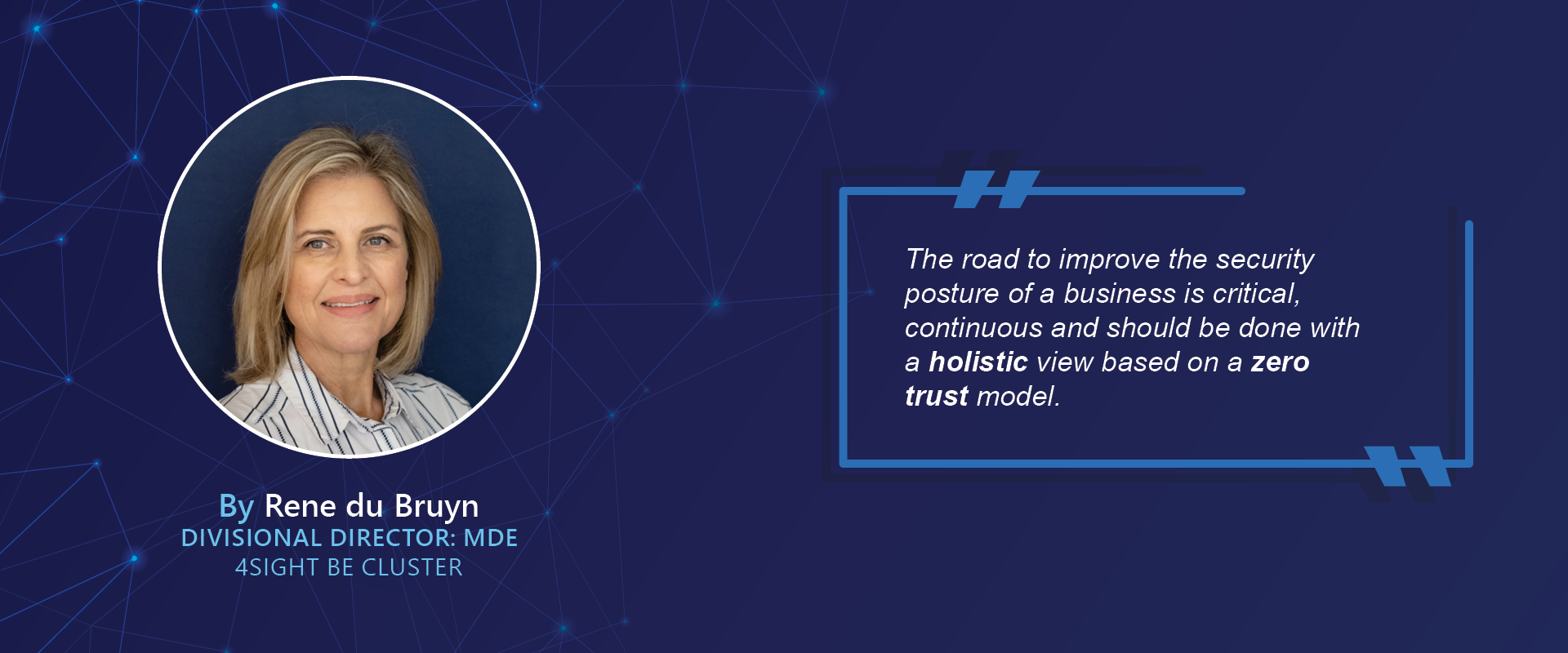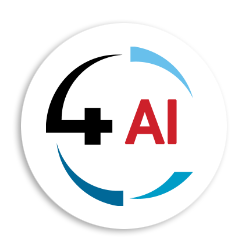Blog
Modernisation - 1st Step Towards Security

Time and location flexibility, increased job opportunities, reduced commuting and the associated costs are some of the considerable benefits of being able to work online. Add to that, a further advantage of more seamless integration of work and life and access to a global workforce with diverse skills.
Security Risks
Apart from the more obvious challenges faced in times of online work, such as social isolation and lack of in-person collaboration, blurring of work-life boundaries, dependency on technology, communication challenges, distractions and reduced productivity, it is important to note that businesses encounter several security risks that can potentially compromise sensitive data, systems and operations.
These security risks may be due to:
- Weak passwords leading to credential theft.
- Unintentionally revealing sensitive information due to phishing and social engineering attacks.
- Stealing data, disrupting operations or holding systems hostage for ransom through malware and ransomware
- Employees or contractors that intentionally or accidentally misuse their access privileges.
- Unauthorised individuals gaining access to sensitive information held by a business when a data breach occurs.
- Interception of data when an end user connects to public or unsecured Wi-Fi networks.
- Lack of security awareness and training.
- Weak third-party security measures.
- Jumping between personal social interaction online and work environment without proper protection for both in place.
Outdated hardware and software security risks
In older Information Communication and Technology (ICT) environments security risks may also arise due to outdated hardware and software.
Outdated Software or application security risks:
- Software applications vulnerabilities.
- Weak or improperly implemented authentication and authorisation mechanisms in software.
- Inadequate protection of sensitive data within software applications.
- Injection attacks, such as SQL injection or command injection.
- Cross-site scripting vulnerabilities.
- Insecure direct object references without proper authorisation checks.
- Poor error handling practices can inadvertently disclose sensitive information.
- Integrating third-party software components or libraries into applications introduces potential risks.
- Browser vulnerabilities leading to profiling and personal data leakages as the work / life balance is switched continuously.
Outdated hardware security risks:
- Inadequate physical security measures.
- Weak access controls for hardware devices.
- Network devices such as routers, switches and firewalls can be vulnerable to attacks if they are not properly secured.
- Running outdated firmware on hardware devices.
- Physical tampering with hardware devices.
- Poorly segmented networks can allow attackers to move laterally within the infrastructure.
- Storing sensitive data on unencrypted hardware devices.
- Insufficient redundancy and fault tolerance in hardware components.
- Lack of proper monitoring and auditing mechanisms for infrastructure and hardware.
The road to improve the security posture of a business is critical, continuous and should be done with a holistic view based on a zero trust model. The actions to be taken should involve:
- Establishing the current position through conducting a compliant cybersecurity risk assessment;
- Prioritising the identified risks by business impact;
- Measuring and tracking the security posture metrics;
- Implementing trusted solutions;
- Making employees aware of risk, impact and improvement tactics;
- Doing regular reviews and updates; and
- Creating a response and recovery plan.
The importance of modernising
Modernising the ICT environment in a business for both hardware and software, can significantly enhance the security stance of the business in several ways:
1. Updated Security Features: More advanced security features built-in includes improved encryption algorithms, secure boot mechanisms and enhanced authentication protocols.
2. Patches and Security Updates: Regular security patches and updates released by manufacturers and developers addressing known vulnerabilities and thus ensuring that systems are protected against emerging threats.
3. Stronger Authentication Methods: Robust authentication methods includes two-factor authentication (2FA), biometrics and smart cards to provide an additional layer of security beyond traditional username and password combinations, reducing the risk of unauthorised access to systems and sensitive information.
4. Improved Monitoring and Detection: Incorporating advanced monitoring and detection capabilities to collect and analyse data about system activities, network traffic and user behaviour in real-time. This enables businesses to detect potential security breaches, identify anomalies and respond proactively to mitigate risks.
5. Better Data Encryption: Encrypting data at rest and in transit helps safeguard sensitive information, making it significantly harder for unauthorised individuals to access or tamper with the data even if they gain unauthorised access to the systems.
6. Enhanced Network Security: Upgrading network infrastructure and security appliances can improve the business’ ability to defend themselves against external threats. Modern firewalls, intrusion detection systems (IDS) and intrusion prevention systems (IPS) offer advanced capabilities to identify and block malicious traffic, protect against distributed denial-of-service (DDoS) attacks and enforce secure network policies.
7. Simplified Security Management: Centralised management consoles, security frameworks and tools allow businesses to efficiently monitor and manage security settings, policies and user access controls across the business.
By modernising the hardware and software components of the ICT environment, businesses can leverage these security enhancements to reduce vulnerabilities, detect and respond to threats more effectively and better protect their systems, data and reputation. ICT environment modernisation alone is not sufficient; businesses should also implement comprehensive security strategies, including regular security assessments, employee training, incident response plans, ongoing monitoring and ensuring compliance with relevant laws and regulations to guarantee an enhanced and robust security posture.
We should trust that the security exposure created by employees are mostly unintentional and non-malicious. However, this does not make the attackers less brutal or cunning and a security breach and loss of value less threatening. What could be best is to start thinking like a hacker wanting to take and invest like a business owner in proper security tools and skills, wanting to protect value.
4Sight is well positioned to address modernisation of your environment, as the first step towards addressing security and reducing your vulnerability. With our experience in providing best of breed 4IR technologies and teams that focus on assisting customers to thrive in the modern digital economy, reach out to 4Sight to help improve your security posture. Contact us at This email address is being protected from spambots. You need JavaScript enabled to view it.


